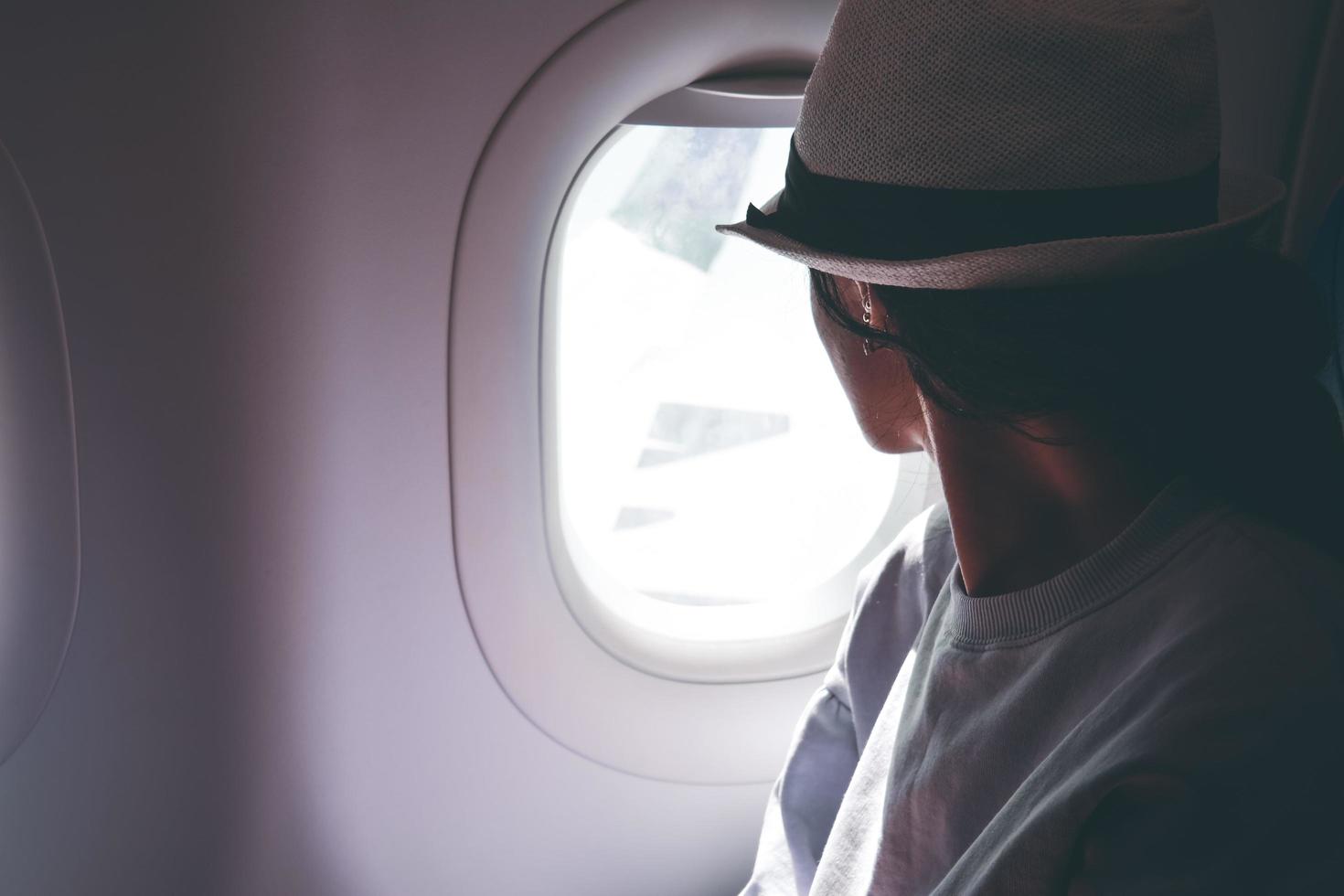Flying for the first time? Here’s how to make sure you have a safe and smooth trip
For people who travel by plane frequently and can even rival crew members on the number of hours they spend up in the air, flying becomes a routine that doesn’t conjure intense emotions anymore. But for someone who’s never flown before and doesn’t really know what to expect, the experience of stepping on a plane for the first time can be quite nerve-racking.
Since you’ll probably always remember your first flight, and it can also set the tone for the rest of your airborne trips, you should make sure it’s going to be a good memory. So, if you’re just as anxious as you are excited about taking off, we’ve rounded up a list with all the things a first-time flyer should do and consider to ensure a safe and pleasant initiatory experience.
Travel light
If you want to make things lighter for yourself, both literally and metaphorically, try to resist the temptation of packing the whole house and only bring the bare essentials with you. A smaller suitcase means more flexibility when moving around and fewer things to worry about as you travel. Besides, airlines have strict rules regarding the number, dimensions, and weight of your carry-on and checked baggage, so overpacking can lead to extra expenses and mess up your travel budget and your mood if you’re not careful.
Go to your airline’s website and check their luggage requirements before you start packing to avoid any surprises. Also, it’s best to keep all important items in your carry-on in case your checked luggage gets lost.
Check your documents
Since we’re talking about essentials, the one thing you must absolutely have with you when traveling is your travel documents. You can’t go anywhere unless you have a valid ID or passport, and you certainly don’t want to find out that your identification papers have expired when you have to check in for your flight.
Most countries only allow entry if your documents have at least six months of validity from the end of your trip, so even if your ID or passport are still usable currently, you still have to check their expiry date to make sure you comply with these requirements, and renew them if need be.
Be punctual
You’ll want to start your trip on the right foot so make sure you are punctual and arrive at the airport on time. However, keep in mind that in the case of flying punctuality means something different than when travelling by train or any other form of transportation in that you need to get to the airport not a few minutes before departure time, but a few hours earlier.
That’s because the pre-flight process includes several steps, such as checking in, dropping off luggage, and going through security checks, where long lines can lead to delays. Different airlines might have slightly different rules on the preferred arrival times for passengers, but most recommend calculating a time window of two to three hours before takeoff for all these procedures. Even if the boarding is not going to take that long, it’s still better to be an early bird and have some extra time on your hands to find your way around the airport calmly (signs are pretty clear and intuitive) and maybe do some shopping in the duty-free area, than to turn up late and get all stressed up that you’re going to miss your flight.
Get travel insurance
It’s great to have a positive mindset and not think about all the terrible things that might happen during a flight. But what’s even better is to be prepared for all potential scenarios, as unlikely as they might be. Although flying is known to be the safest way to travel, with accident rates being extremely low and getting lower, that doesn’t rule out the possibility of unfortunate occurrences that can put your health and safety at risk and ruin your trip.
So, just in case something goes wrong, you should get travel insurance with flight coverage included and protect yourself against potential issues that might arise along the way. You can generally pursue a compensation claim for suffering an injury during a flight or when dealing with delays or lost luggage, even without travel insurance, but having this extra layer of protection can make the process much smoother.
Dress comfortably
We’re not saying you should wear your pyjamas on the plane, but being dressed to the nines, it’s certainly not going to help you feel comfortable, especially if you’re preparing for a long-haul flight. While there is no dress code for air travel, the best attire to wear for these occasions is whatever clothes you feel comfortable in to ensure a relaxing journey.
Keep it decent, go for breathable fabrics and bring a jacket or a hoodie with you since it can get pretty chilly in the cabin. It’s also a good idea to wear easy to remove shoes since you’ll probably have to take them off at security check, and you don’t want to fumble with laces and buckles. This will help you get through security faster and without much hassle.
Bring entertainment with you
Not all carriers offer in-flight entertainment available, particularly those that operate short routes. but you can always bring your own to make time pass easier until you land and take your mind off things that might increase your anxiety levels. A book, a laptop/tablet, or headphones to listen to music should be enough to keep you busy and make you forget about your worries.
As a final piece of advice, you should listen to the flight attendants’ safety instructions carefully before take-off. While most people ignore these directions, knowing precisely what to do in case of an emergency will give you peace of mind and make you feel a lot more confident. So, now that you feel ready, buckle up and enjoy your first flight!

